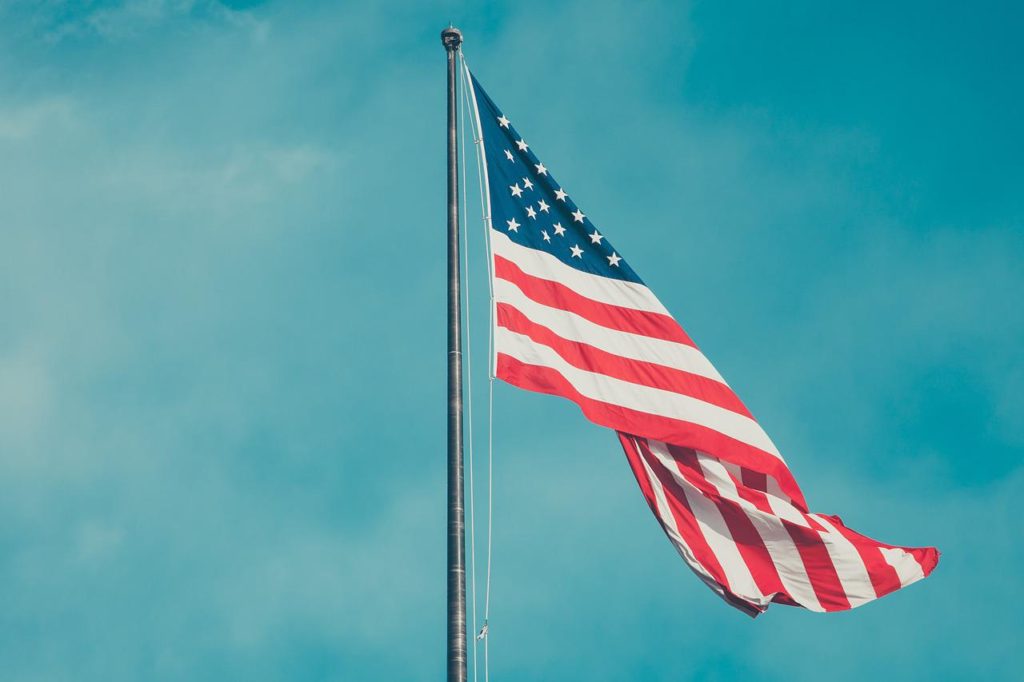The US Army is the largest branch of the armed forces of the United States. Its mission is to provide trained and equipped soldiers and other personnel to conduct land warfare. The US Marines are a component of the Department of Defense, providing naval infantry, artillery, aviation, armor, logistics, signal, engineer, medical, and general support services to the Joint Forces Commanders.

The US Air Force is an independent department under the authority of the Secretary of Defense responsible for the planning, development, acquisition, and operation of the US Armed Forces’ aircraft, missiles, spacecraft, satellites, and related systems.
The Space Force is an organizational element within the Department of Defense responsible for organizing, training, and equipping space forces. The Space Force is also responsible for protecting U.S. and Allied interests in space and providing space capabilities to the Joint Force.
The Coast Guard is responsible for providing law and maritime safety enforcement and marine and environmental protection. During peacetime, the Coast guard operates under the Navy. However, when there is a national emergency or conflict, the Coast Guard becomes part of the Department of Homeland security.
National Guard members serve two primary roles: active duty and reserve. Active duty members are called to federal service when activated by state governors or the president. Reserve members are called to federal duty when requested by the governor or president. Members may also be mobilized under Title 10 authority during national emergencies.
What Are the Branches of the Military?
The Army is responsible for land warfare, while the Navy handles naval operations. Both services have aviation units that fly helicopters and planes. The Marine Corps is tasked with amphibious assaults, while the Coast Guard protects our shores. The Air Force provides air cover, and the National Guard is available when there is an emergency.
Army
The United States Army is the largest uniformed service in the world. It was established on June 14, 1776, when the Continental Congress passed the resolution creating the first permanent army in American history. Its mission is to provide trained combat forces capable of defending the nation against external threats while supporting civil authorities domestically. As of 2015, there were 1.4 million active duty personnel, 302,000 reserves, and approximately 940,000 National Guard troops.
The US Army has a special forces unit, the Army Green Berets, which specialize in unconventional warfare. The Army also has its own elite units, like the Rangers and the Special Forces, which train for specific missions.
Navy
The United States Navy is made up of active duty, reserve, civilian employees, retirees and dependents. The Navy is responsible for defending the nation through naval operations, including maritime security, amphibious warfare, expeditionary warfare, surface warfare, submarine warfare, strategic deterrence, nuclear propulsion, ballistic missile defense, cyber warfare, space warfare, logistics, information technology, and many other areas. The Navy provides humanitarian assistance and disaster relief around the globe.
Marines
The USMC was founded in 1775 when the Continental Congress passed a resolution creating the Marine Corps. The Marine Corps was originally an independent service within the United States Navy, however, in 1834, Congress decided to merge the two services and made the Marines a part of the Navy.
Marines are trained as one of the world’s deadliest fighting forces. A range of military operations are carried out by these troops in light armored, close combat units. They are trained to fight in urban environments, on land, at sea, and in the air. Their motto is Semper Fidelis, Latin for “always faithful.”
Coast Guard
The Coast Guard’s mission is to protect the United States’ waterways, ports, and shorelines, as well as act as a first responder when there is an emergency. The Coast Guard is unique because it’s not just a military branch, but a federal law enforcement agency as well.
Though the Navy and the Coast Guard are both maritime services, they have very different responsibilities. The Navy maintains a war-readiness fleet while the Coast Guard keeps our waters safe by conducting search and rescues, protecting the marine environment, and stopping the smuggling of illegal drugs into the country.
When there isn’t an immediate threat, the Coast Guard works under the Department of Homeland security, and if there is a war, it will serve under the Department of the navy, so it can help defend against foreign threats.
Air Force
The Airforce was established in 1947 as a separate branch of service. It was originally called the Army Air Corps, but changed its name to reflect its independence. Its mission is to protect the United States through airpower.
In addition to flying some of the fastest jets in the world, today’s Air Force also includes more than 332,000 active duty members. These service members work as engineers and doctors, pilots and navigators, lawyers and computer scientists, among other professions.
Space Force
In January 2019, the United States Air Force announced its plan to create a sixth military service branch, the Space Force. The announcement came after President Donald Trump signed an executive order creating the new branch on December 20th 2018.
Its mission is to protect the interests of the United States and its allies in space, including developing military space capabilities, acquiring military space systems, and organizing space forces to present to combatant commands.
The Space Force will consist of approximately 6,000 active duty members and 1,500 reserve members. The first Space Force recruits began basic training on February 18th 2019.
What about the National Guard?
National Guard units are made up of active duty soldiers, reservists and civilians who volunteer to serve full time when called upon. They are trained to provide emergency services and assist local law enforcement during times of crisis.
During peacetime, they may be deployed to disaster areas or participate in humanitarian relief efforts. In 2020 alone, more than 100,000 National Guardsmen were activated to help fight COVID-19 and respond to other natural emergencies.